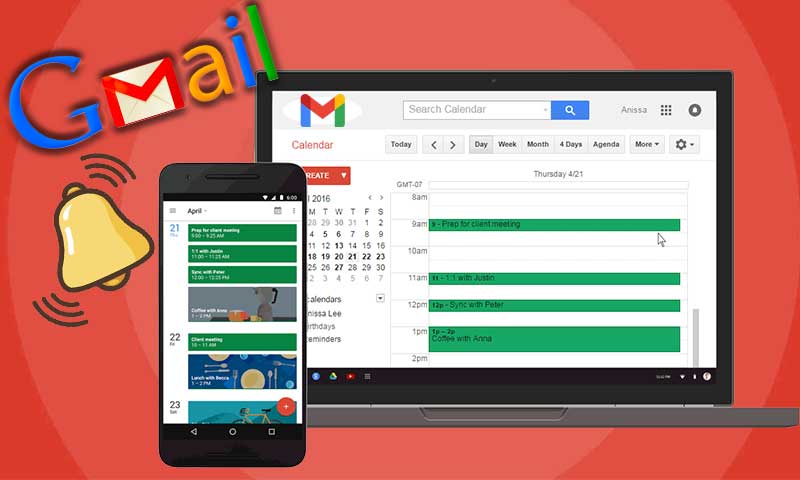Design, Development, and the Compatibility Challenge
Global society, once reliant on pen and paper, has taken the final jump into becoming completely digital reliant. According to the Brookings Institute, digital adoption is now so widespread that it can be considered the default state for businesses the world over. This brings with it significant opportunities, but also significant risks. As always, the burden of ensuring that businesses are ready and able to meet this challenge falls on coders and developers. The new web needs to be more cross-compatible than ever before, and that’s a challenge that many platforms are rising to meet.
Starting at the Bottom
The challenge of cross-platform coding is cost. As highlighted by Hackernoon, making code that can work flawlessly across all of the major platforms – iOS, Windows, Chrome, and Android – is exceptionally difficult and time-consuming. To this end, a wide range of cross-platform coding tools have started to bridge those gaps and help developers to create tools and services that are cross-platform from the very first block put into place. This ensures that a sustainable model is produced for the web service or content that will always bear compatibility in mind, even in future iterations.
A good example of this is in the most basic of design tools. Web prototypes are commonly produced in vector-based studios, such as Adobe XD. These tools provide a generic level of design in their basic format, which allows for cross-compatibility. In this case, XD to HTML converter platforms are widespread and effective, allowing designs produced for one platform in XD to be moved across to the next OS quickly and efficiently. As a result, developers and businesses can save money and time – there is no need to start afresh with every new platform. This is also key in the other major facet of the compatibility challenges – accessibility.
Creating True Accessibility
One factor exposed by the rapid shift towards a digital economy is the lack of accessibility held by most websites. According to Nasdaq, 98% of websites don’t meet the accessibility guidelines laid out by W3, meaning that they aren’t suitable for equal access for individuals who have issues impacting their fine motor skills or visual and auditory ability. This is a huge problem and is in fact a problem for cross-compatible platforms.
Consider what makes content truly cross-platform. It’s in formatting, of course, but it’s also in sharing a set of values. Content should appear the same across all browsers, and across all platforms. It should be easy for one device to access it as much as the next, and equally easy for adapted devices to use them. Most disability-friendly custom devices are Android-based, but other manufacturers, like Apple, typically have good accessibility tools built-in to the platform. Either way, developers must focus on making their work accessible – and, in the process, they will make it suitable for cross-platform use. This, alongside increasing regulatory pushes, is helping to meet the challenge of compatibility.
Regulation Pushing
Keen observers in the compliance field will have noticed a recent mooted change in US data law. This wide-ranging privacy change will loosen up data controls across the country, according to Science.com, while also making more stringent fines for the careless use of said data. This is good news in the world of cross-platform coding, however; though, in the short term, it will present yet another challenge in the demands placed on web developers by digital service development.
One problem that plagues cross-platform work concerns data retention, storage, and access. How can you be sure that the solution you’ve put into place on a Windows workspace will have the same effect on an Apple system, or otherwise? This, in turn, raises privacy problems. If the way that a database is accessed is not even across all platforms, there’s a significant risk of breaching data guidelines – at best, destroying business reputation, and at worst, attracting legal action. Development in a cross-platform fashion ensures that users across all of those platforms, and their data, will be protected. Developers have to be wary of this when looking to deploy new digital services, especially with new laws muddying the water further.
Cross-platform development is par for the course in the modern day – but that doesn’t mean it isn’t challenging. Ever-increasing levels of digital cohesion between different platforms, and the demand for every service to be always online, are only increasing the pressure on developers across the world. There are ways to meet this challenge, and often, the inspiration to do so can come from unlikely sources. Whereas regulation and accessible coding are not always the best friends of developers looking to turn projects around, their demands have created an easy framework from within which to develop and maintain true cross-platform compatibility.
Share
















